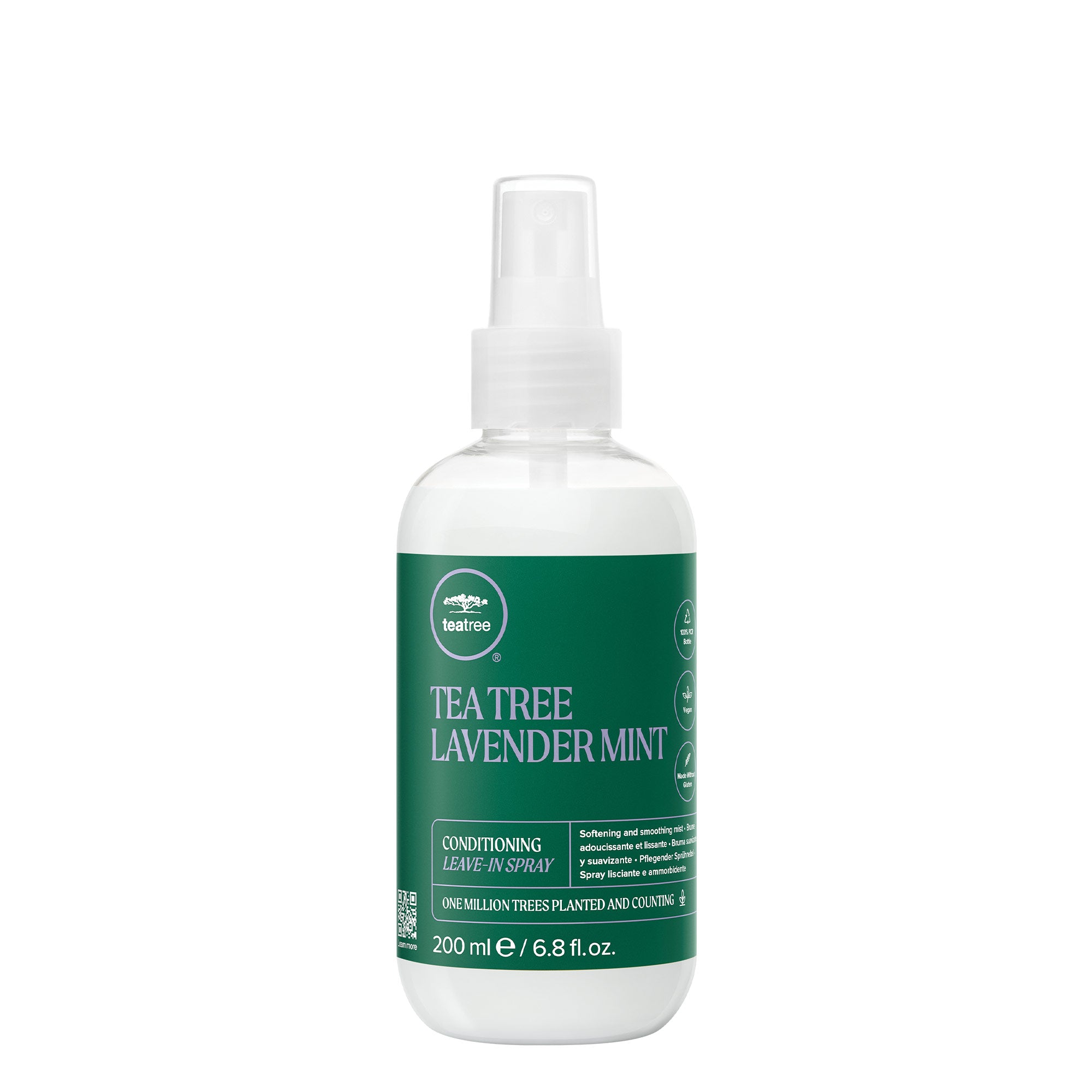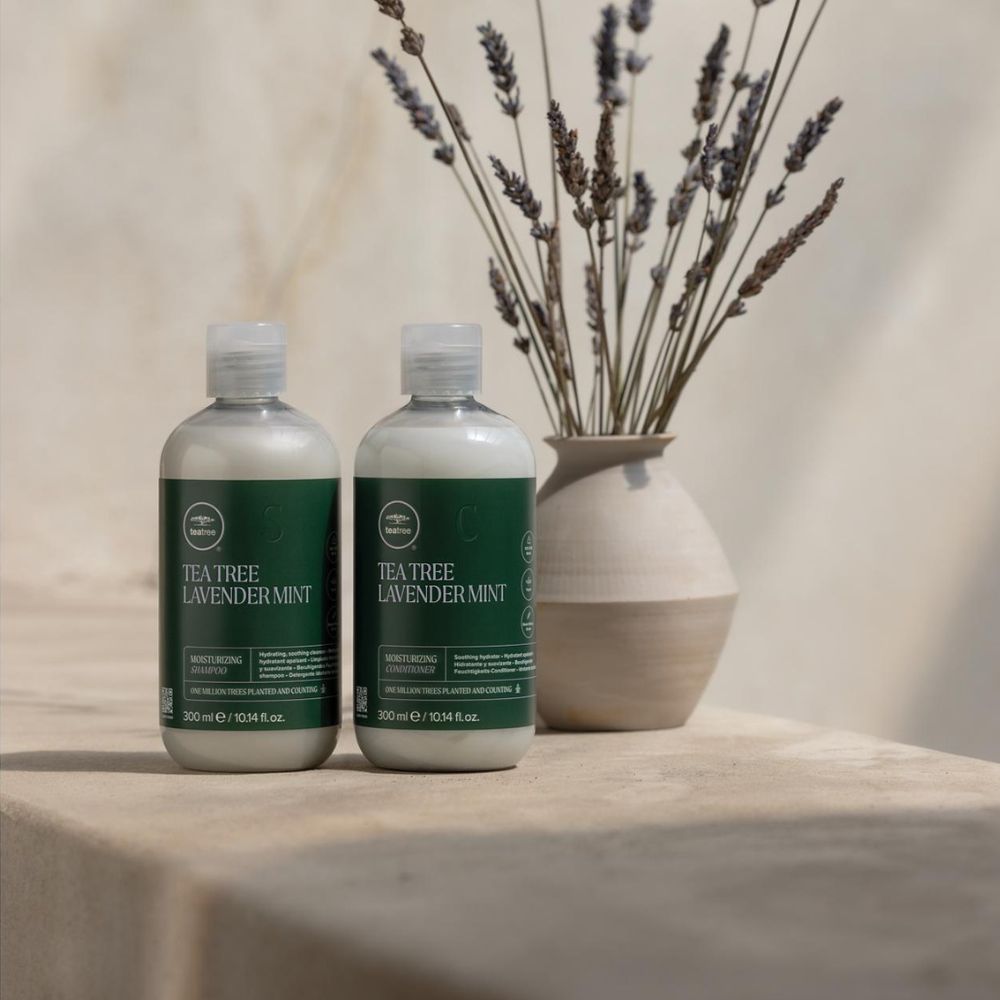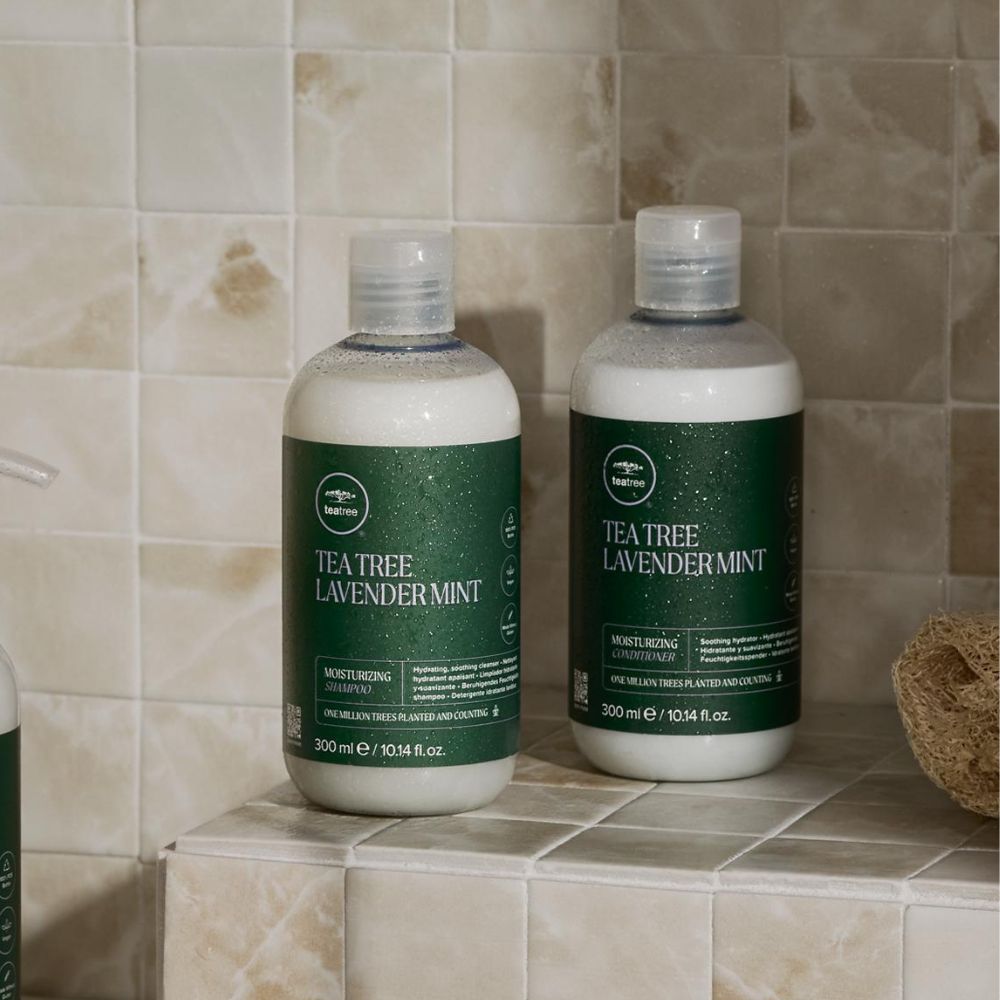-
By Category
-
By Benefit
-
By Hair Type
-
By Brand
-
Featured Collections
- All Products
New Arrivals
Explore now





Tea Tree
Couldn't load pickup availability
Quench and revive hair with this award-winning leave-in conditioner. It replenishes and conditions strands with Vitamin E and panthenol, locking in moisture for hair that's soft and manageable with a glossy-smooth finish. Added bonus: Calming lavender, mint and tea tree soothe the senses.
SKU: LMCS-200
UPC: 009531136646
The ingredients listed on this website are for US consumers. Ingredients are subject to change. Should you have any concerns, please review the ingredients listed on the purchased product before use.
Questions: Please contact customer service through our Contact Us form.

Leave-in conditioner replenishes and conditions strands.

This lightweight leave-in conditioner replenishes and conditions strands.

Vitamin E and panthenol lock in moisture for hair that’s soft and manageable with a glossy-smooth finish.

Delight in a lavender-scented oasis of hydration and serenity.



Our 100% Australian tea tree is sourced from a farm in Australia that is certified for their responsible sourcing and harvesting practices.

There's been a lot of talk about co-washing and the LOC Method lately. What exactly are they and who should use them? Here, we break down those questions and more to tell you everything you need to know about the routine everyone with curls and natural hair should be using.

Bask in the floral fragrance of a lavender field with refreshing hints of eucalyptus and cool mint intertwined.